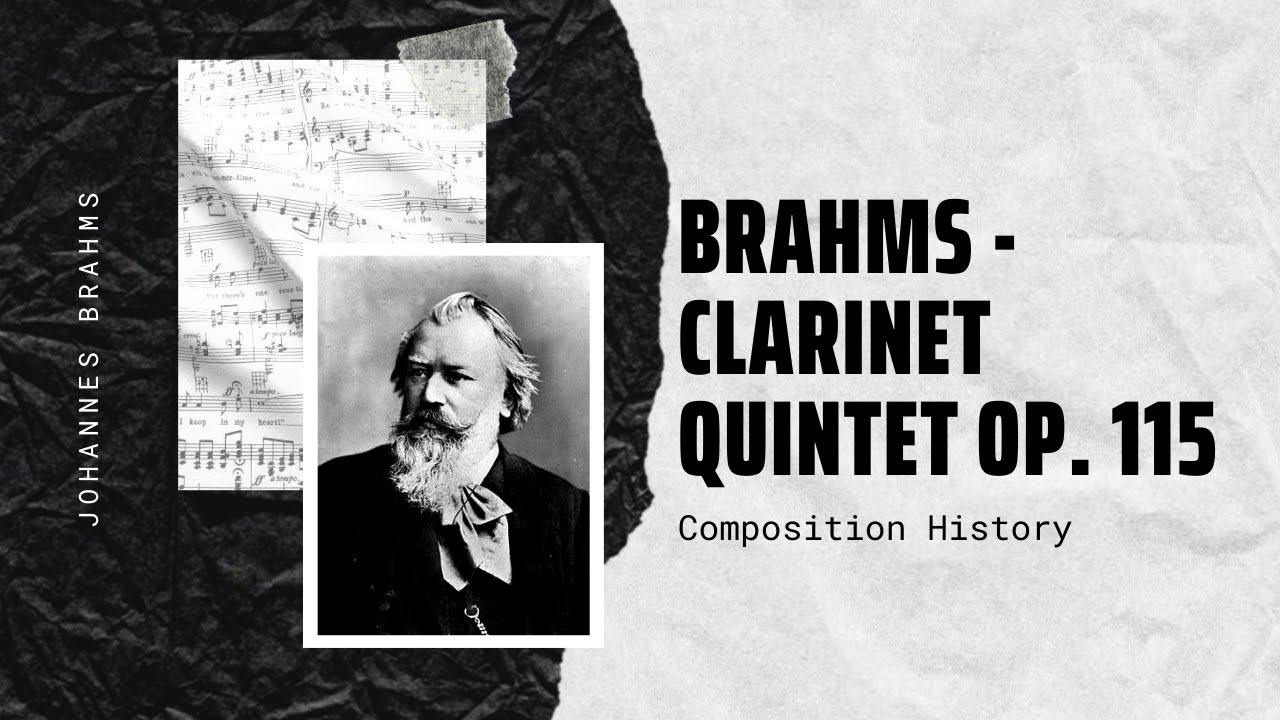
Brahms – Clarinet Quintet Op. 115 – Music | History
Brahms – Clarinet Quintet Op. 115 The Clarinet Trio in A minor, Op. 114 is one of four chamber works composed by Johannes Brahms featuring the[…]
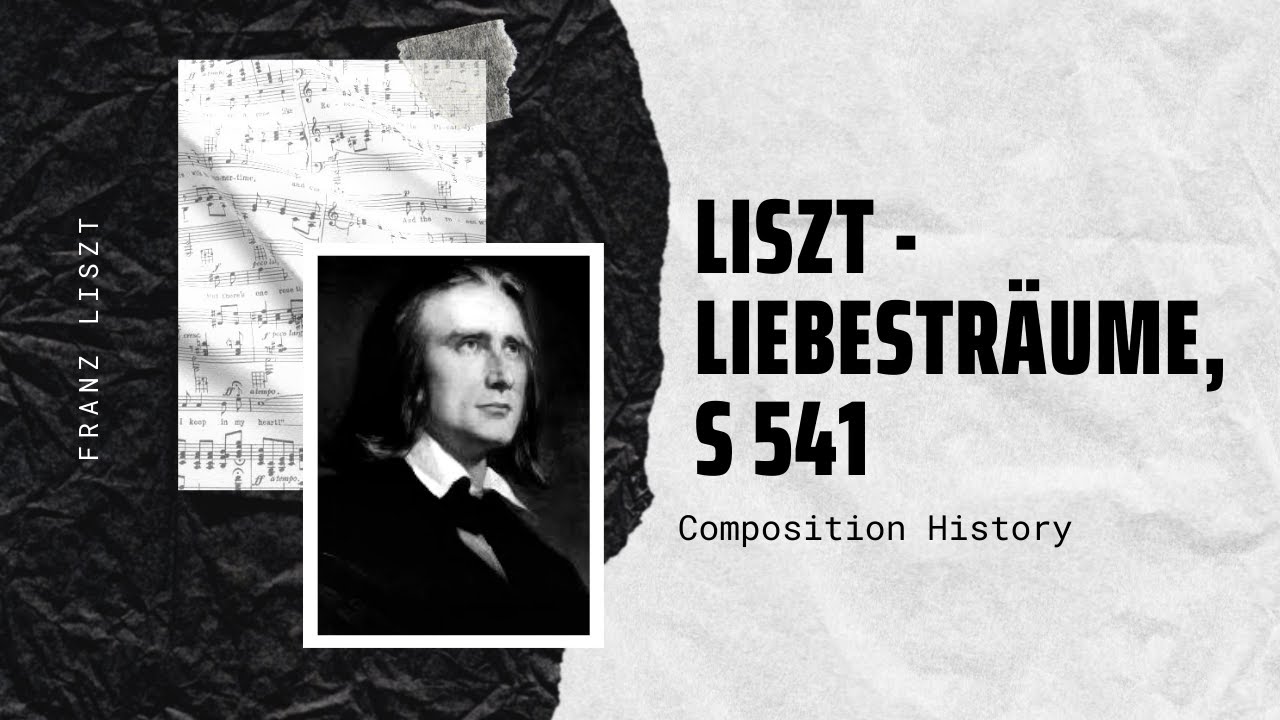
Liszt -Liebesträume, S 541 – Music | History
Liszt -Liebesträume, S 541 Liebesträume (German for Dreams of Love) is a set of three solo piano works (S.541/R.211) by Franz Liszt, published in 1850. Originally[…]
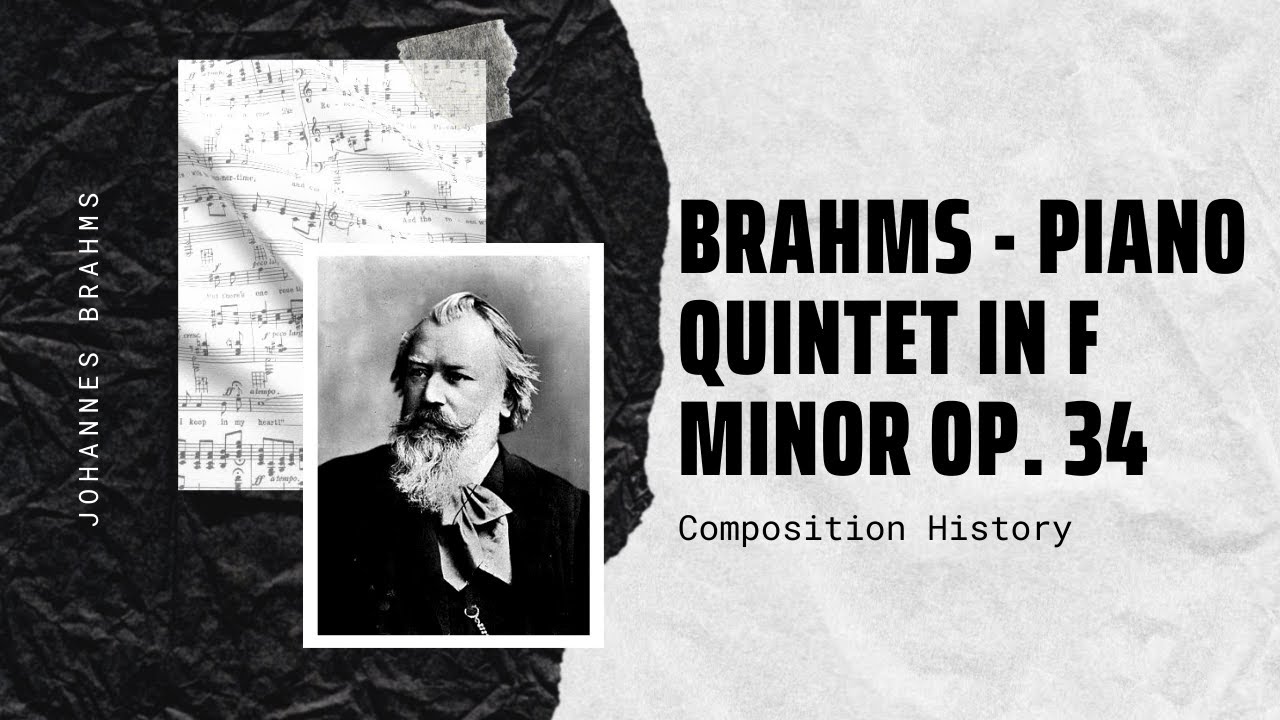
Brahms – Piano Quintet in F minor Op. 34 – Music | History
Brahms – Piano Quintet in F minor Op. 34 The Piano Quintet in F minor, Op. 34, by Johannes Brahms was completed during the summer of[…]
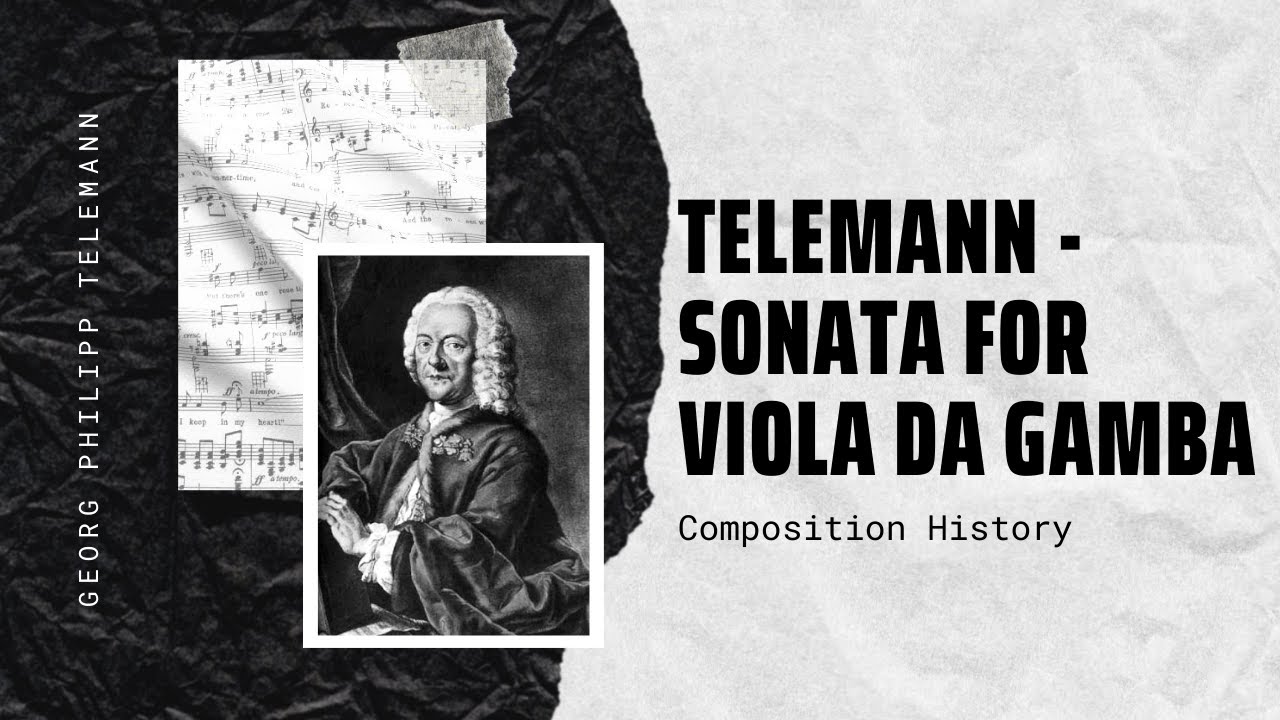
Telemann – Sonata for Viola da Gamba, TWV 40-1 – Music | History
Telemann – Sonata for Viola da Gamba, TWV 40-1 Georg Philipp Telemann’s collection of Twelve Fantasias for Viola da Gamba Solo, TWV 40:26–37, was published in[…]
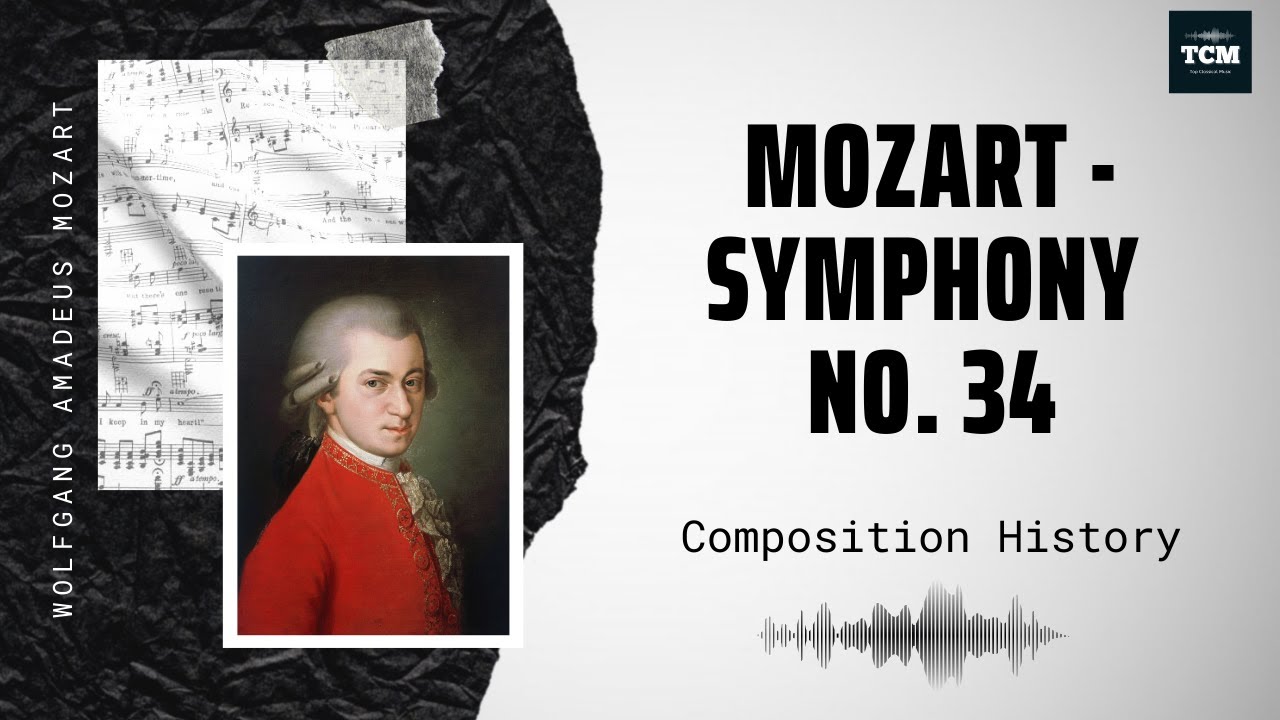
Mozart – Symphony No. 34 in C major – Music | History
Mozart – Symphony No. 34 in C major The symphony features the fanfares and flourishes typical of the “festive symphony” or “trumpet symphony”, which is characteristic[…]

Chopin – Mazurka in B major Op. 63 No. 1
Frédéric Chopin wrote his set of three Mazurkas for solo piano, Op. 63, in 1846. They were published the following year, and dedicated to Laura[…]

Liszt / Wagner – Overture to Tannhauser – Piano version S 442
Tannhäuser (or Tannhäuser and the Singers’ Contest at Wartburg Castle) is an opera in three acts, written by Richard Wagner between 1842 and 1845, and[…]

Bach – Harpsichord Concerto No. 6 in F major, BWV 1057
Johann Sebastian Bach composed his Harpsichord Concerto no. 6 in 1738. The work has a span of three movements, and it is in the key[…]

Chopin – Mazurka in A minor B 134
Frédéric Chopin wrote his Mazurka in A minor, B. 134, in 1840. It was published in 1841, and later is appeared as part of Six[…]

Mozart – Concerto for Piano and Orchestra No. 27
Mozart’s final piano concerto was entered into his thematic catalog in 1791, the year of his death. However, it appears that, like its immediate predecessor[…]